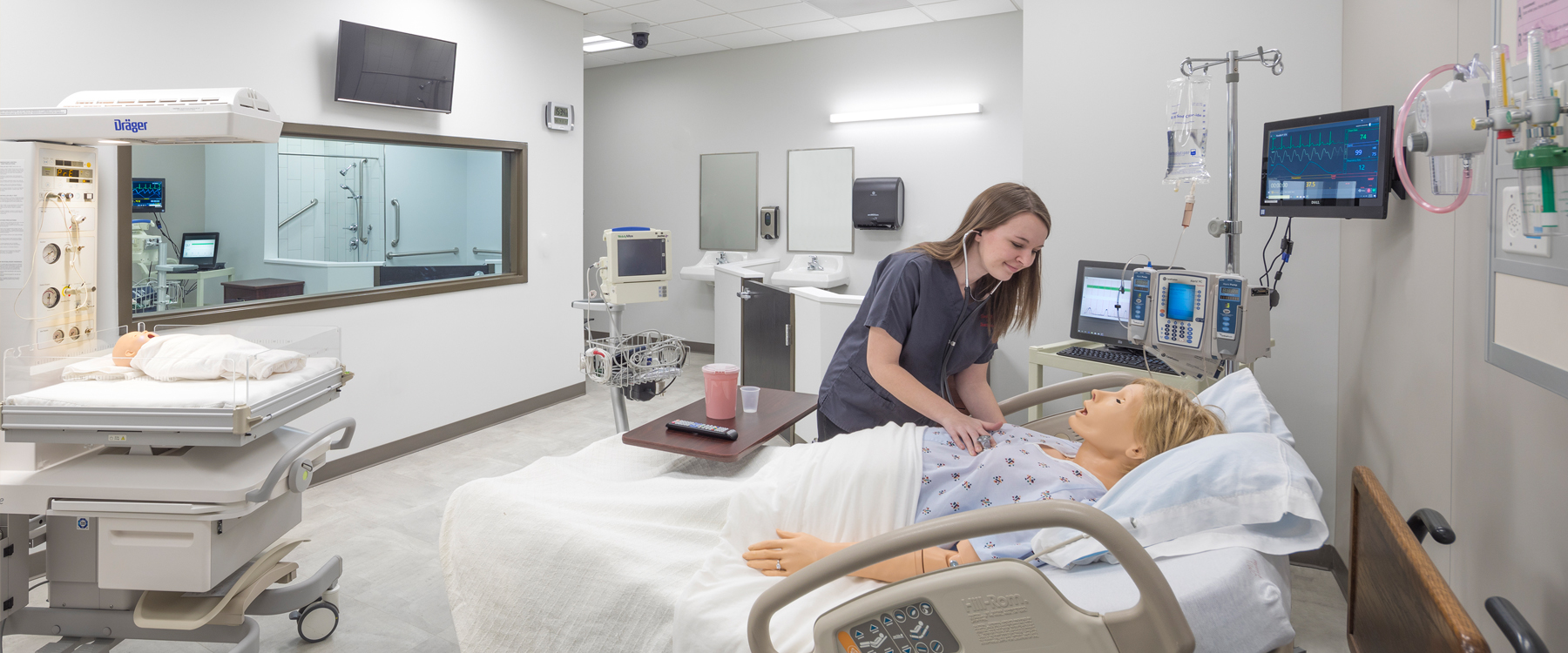
Immersive college learning environments are now understood in a virtual sense, so predominantly that they have a commonly recognized abbreviation: ILEs. The increasing prevalence and viability of virtual immersive learning environments has given rise to studies about the value of immersion to education that did not exist before.
What is an ILE?
ILE stands for 'Immersive Learning Environment.' It's a broad term that refers to the way learning is organized for a group of learners. It indicates particular spatial design, as well as its materials and tools, social roles, pedagogies, learning goals and activities. Many of these spaces are also called 'Maker Spaces,' where the learning style is very DIY and hands-on. These spaces should not be confused with "open-plan" environments. This is because open plan classroom designs are not necessarily adaptable to meet students’ learning needs, and in fact may constrain potential for learning and teaching.
Are ILEs Effective?
Theoretically, ILEs contribute to higher student achievement because they can more readily support the needs of learners. Interactive learning environments can also lead to more positive overall shifts in a student's perception of learning. Interactive environments also increase the enjoyment and engagement of students. That's because these spaces give students a greater ability to articulate their preferences for learning. Interactive Learning Environments have been implicated in a range of outcomes, including an increase in the spectrum of active, student-centered, personalized and collaborative learning experiences! Unfortunately, assessing the true impact of ILE designs is a challenge. That's because of the multi-faceted nature of learning environments and the variety of teaching and learning programs implemented within them. But from a high level, it's clear that these environments have very positive effects on students, giving them the chance to practice what they're being taught.
Better Collaboration Leads to More Immersion
Ultimately, to increase levels of immersion in higher education, we first need a higher degree of collaboration among faculty to address the wide array of learning paths which will take some effort. However, investing our efforts into realizing fully immersive, hands-on learning environments is well worth it! These environments are giving universities the power to make learning more powerful and practical for everyone. Would you consider incorporating ILEs on your campus?



